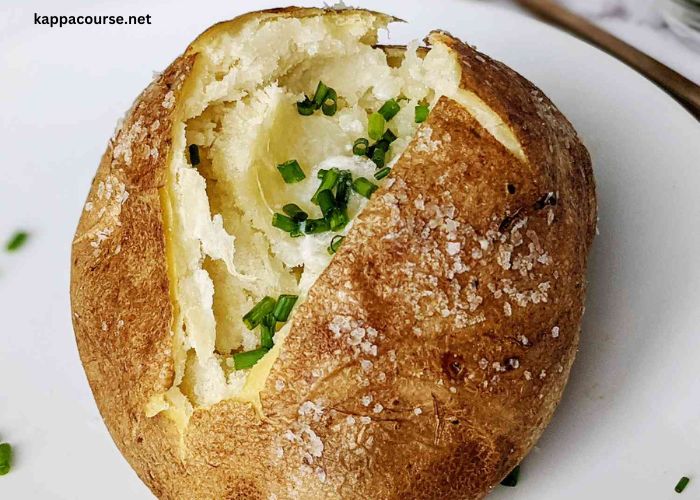Amidst the rise of craft beverages, one particular spirit has been making waves with its complex flavours, artisanal craftsmanship, and rich history. It is known as craft gin. Understanding the journey from botanicals to bottles enhances the appreciation of each sip.
Crafting premium spirit is an intricate process combining tradition, innovation, and a passion for excellence. Those seeking this beverage can obtain a bottle directly from a gin distillery, which guarantees the highest quality. This article looks into the meticulous craftsmanship involved in creating high-quality spirits, exploring the various elements that contribute to its distinctive flavour profile.
The Journey Through Time
Gin’s history dates back to the 11th century, with its roots in medicinal uses before evolving into the beloved spirit it is today. Originating from a European juniper-based tonic, its journey significantly transformed in the 17th century when it gained popularity in England. The Dutch are credited with creating genever, the precursor to modern gin. It was introduced to the British during the Thirty Years’ War. Over the centuries, it has undergone numerous refinements, resulting in the diverse range of styles available today.
Botanicals: The Heart of Gin’s Flavour
The essence of a spirit lies in its botanicals. While juniper berries are the foundation, providing the classic piney note, several other botanicals contribute to the complexity and depth of the spirit. Common botanicals include coriander, angelica root, and citrus peels, each adding unique characteristics. These ingredients’ careful selection and balance are crucial in defining a gin’s signature taste.
Distillation: The Craft of Perfection
The distillation process is where the magic happens. Crafting premium spirit involves a meticulous distillation method, often in traditional copper pot stills. The process begins with a neutral grain spirit, which is then redistilled with botanicals. There are two primary methods: steeping and vapour infusion. In steeping, botanicals are soaked in the spirit before distillation. In vapour infusion, the spirit vapours pass through the botanicals. Both methods impart distinct flavours, and some distilleries use a combination of both to achieve the desired profile.
Innovation in Production
Modern gin production blends traditional techniques and innovative approaches. Distillers continually experiment with new botanicals and methods to create unique expressions. This innovation has led to the emergence of contemporary styles such as New Western Dry Gin. This style places less emphasis on juniper and more on other botanicals, resulting in a diverse flavour palette that appeals to a broad audience.
Tasting Notes: Appreciating the Nuances
Tasting gin is an art in itself. When buying, consider its tasting notes to fully appreciate the nuances. Start with the nose, inhaling the aroma to identify the prominent botanicals. On the palate, note the balance of flavours. You can experience the interplay between juniper and other botanicals and the overall smoothness. A premium beverage will offer a harmonious blend of flavours, with no single element overpowering the others.
Perfect Pairings: Enhancing the Experience
Pairing gin with the right mixers and garnishes can elevate the drinking experience. The classic gin and tonic is a staple, but experimenting with different tonics and garnishes can bring out new dimensions in flavour. Citrus fruits, herbs, and spices are popular choices. Additionally, gin is a versatile base for a variety of cocktails – from the timeless Martini to contemporary creations.
The journey of crafting premium spirit is a testament to the dedication and artistry of distillers. Each bottle represents a careful balance of tradition and innovation, with a commitment to quality that can be tasted in every sip. For those seeking to buy gin, purchasing a bottle directly from a gin distillery is the best way to ensure quality. Whether enjoyed neat, with tonic, or in a cocktail, it offers a rich and rewarding experience that celebrates the art of distillation.



